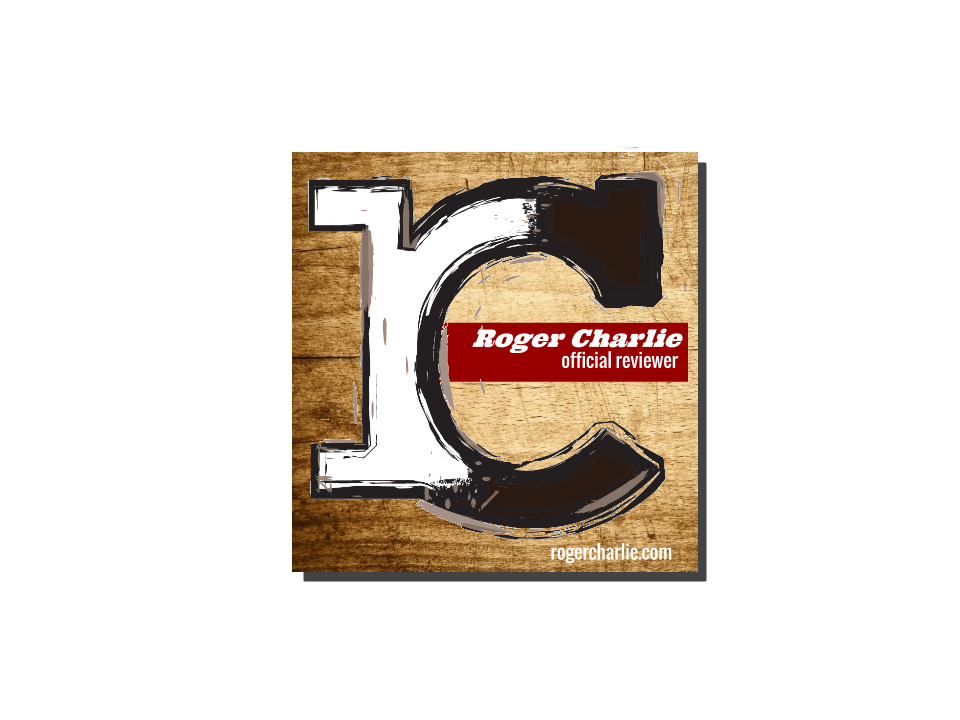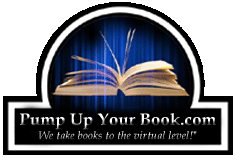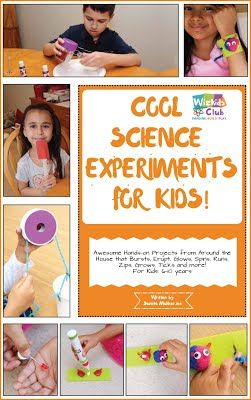

Cool Science Experiments for Kids! is filled with exactly that, creative and fun science experiments that will seem like play. Perfect summertime boredom busters or rainy day excitement. The book is split into four sections focusing on experiments with motion and energy, chemistry and reactions, math fun and crafts and games.
Each experiment is clearly outlined with the materials you need, the difficulty level, time it will takes and step-by-step directions with pictures. The experiments are gauged for children ages 6-10 but younger children could definitely do these with a little more adult help and older children would enjoy some of the engineering challenges and chemical reactions.
As a science educator, I have done many of the activities presented; although there are easier ways to go about things and I have found some new ideas. In my summer camps I am trying the bursting bag chemical reaction, marble race challenge and Lego merry-go-round, which looks a lot like a fidget spinner and will be sure to please. For those who may not be science educators or science minded there are 'science fun factors' for some of the experiments; however, I do wish they would be expanded upon a little bit more to fully explain the science behind each experiment. Overall, great science ideas for growing minds!
This book was received for free in return for an honest review.
Cool Science Experiments for Kids! is filled with exactly that, creative and fun science experiments that will seem like play. Perfect summertime boredom busters or rainy day excitement. The book is split into four sections focusing on experiments with motion and energy, chemistry and reactions, math fun and crafts and games.
Each experiment is clearly outlined with the materials you need, the difficulty level, time it will takes and step-by-step directions with pictures. The experiments are gauged for children ages 6-10 but younger children could definitely do these with a little more adult help and older children would enjoy some of the engineering challenges and chemical reactions.
As a science educator, I have done many of the activities presented; although there are easier ways to go about things and I have found some new ideas. In my summer camps I am trying the bursting bag chemical reaction, marble race challenge and Lego merry-go-round, which looks a lot like a fidget spinner and will be sure to please. For those who may not be science educators or science minded there are 'science fun factors' for some of the experiments; however, I do wish they would be expanded upon a little bit more to fully explain the science behind each experiment. Overall, great science ideas for growing minds!
This book was received for free in return for an honest review.
Here is a sample experiment to try from the book!
Make a simple pulley using a wheel and axle from household goods
MATERIALS
1 yarn ball
1 empty ribbon spool
1 plastic cup
Tape
Scissors
Pencils or wood for the axle
DIFFICULTY: 2 dots
TIME: 30 mins
SCIENCE FUN FACTS: Learn about a simple machine like a pulley. How it can make things easier to move from one place to another. Understand how wheel and axle can be used to make lifting easy and effective.
INSTRUCTIONS:
STEP 1: Make the pulley basket: Take the plastic cup and make 3 holes like a triangle.
STEP 2: Feed some yarn through the holes and tie, giving the cup a short handle.

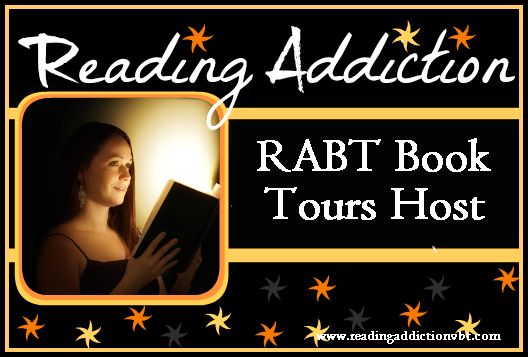
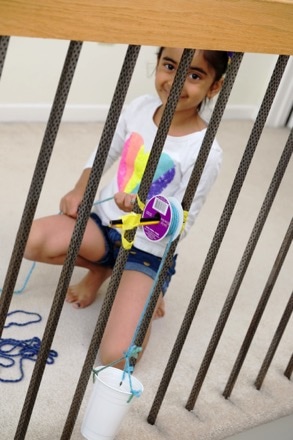
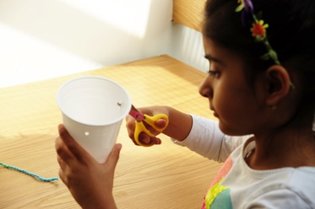
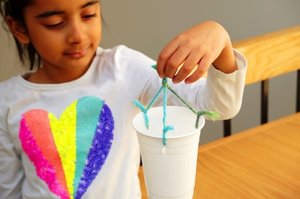
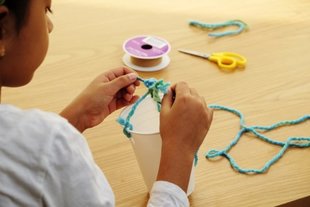
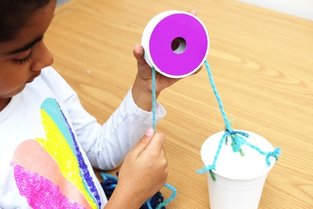
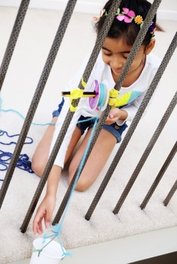
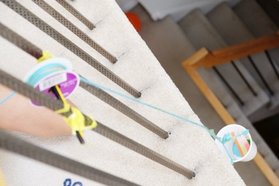

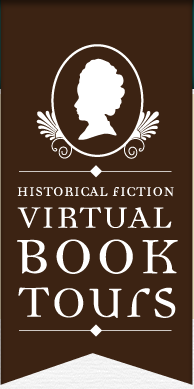





 RSS Feed
RSS Feed

